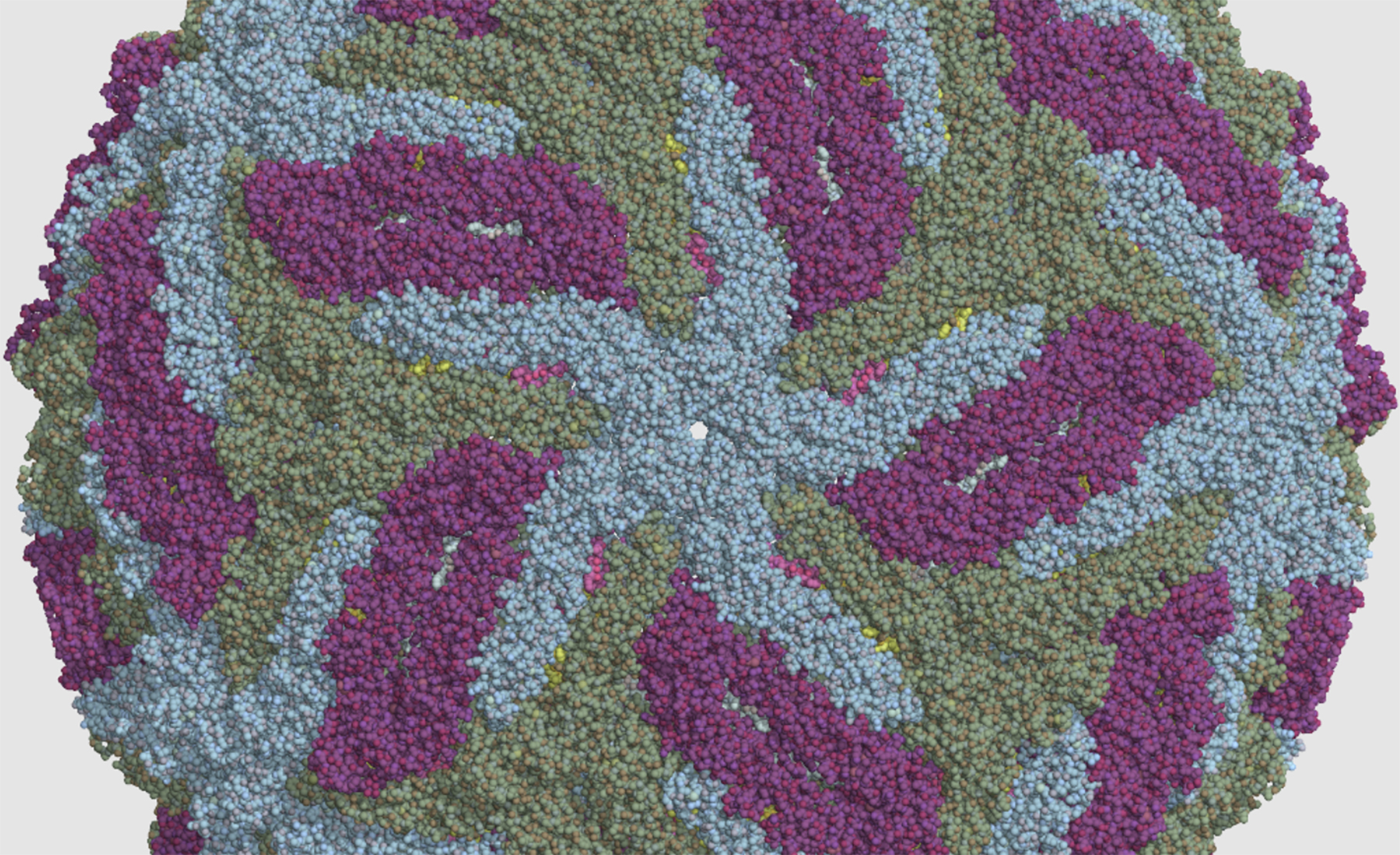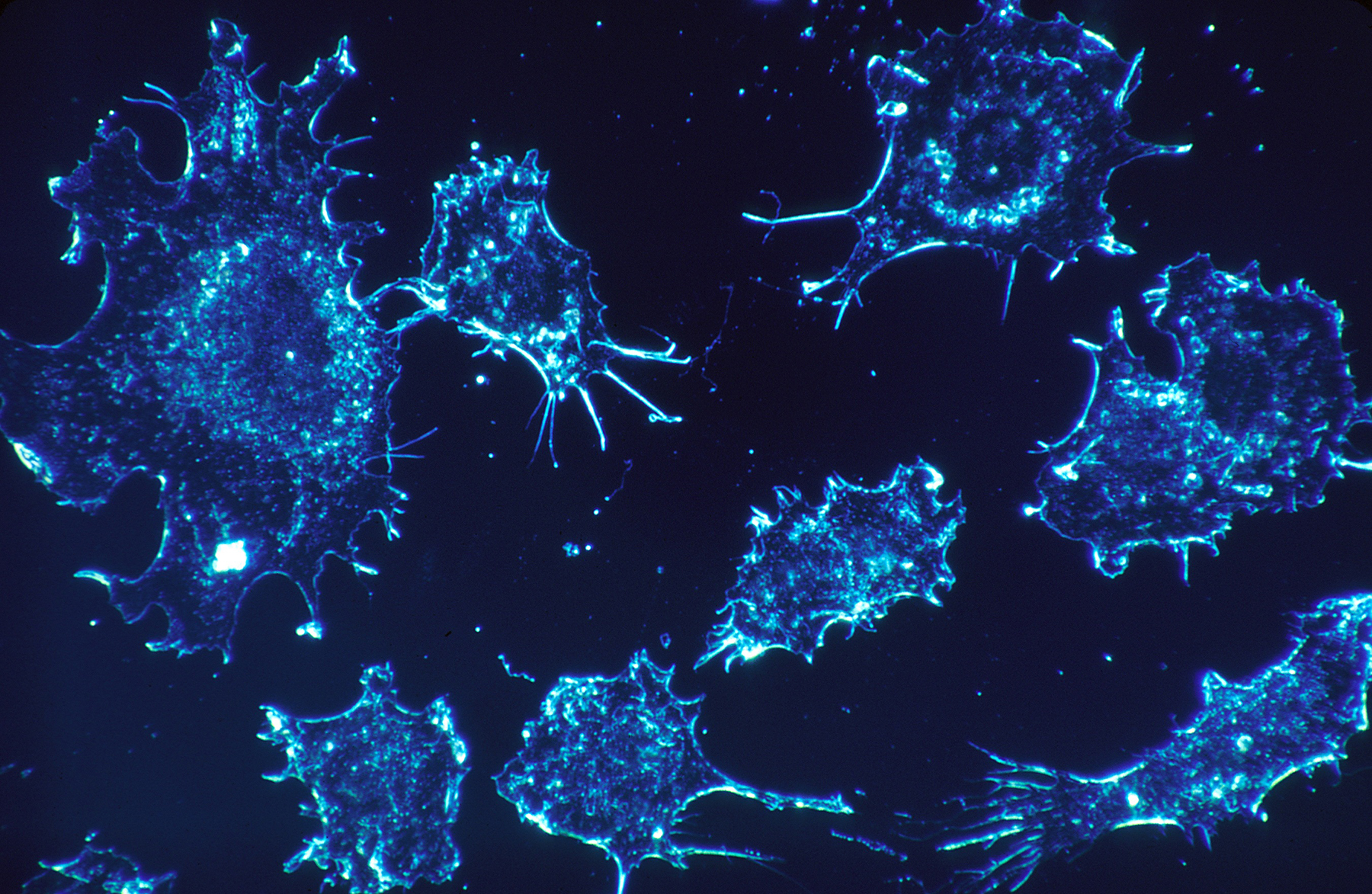The Evolution of Vocalization
Researchers use ACCESS resources to compare the regulatory DNA of various mammals to better understand human evolution.

Researchers use ACCESS resources to compare the regulatory DNA of various mammals to better understand human evolution.

A professor from Kingsborough Community College uses ACCESS resource Jetstream for computational biology lessons.

Using ACCESS resources, a researcher performed supercomputing simulations in a multiyear study of corn to address food insecurity, revealing surprising molecular results.

US National Science Foundation ACCESS Resource Used to Further Reptile Virus Research.

Loyola study uses SDSC’s ACCESS resource Expanse to illustrate peptide variations

UNC Wilmington Leads Study Using ACCESS Resource DARWIN to Model Ocean Currents

Arkansas State Phylogenetics Students Use ACCESS Allocations on IU’s Jetstream

Spelman College team uses multiple ACCESS supercomputers to examine marine amoeba

Anvil adds CryoSPARC to its impressive catalog of software applications, empowering bioscience research.

ACCESS resource Anvil aids researchers in a yearly training workshop